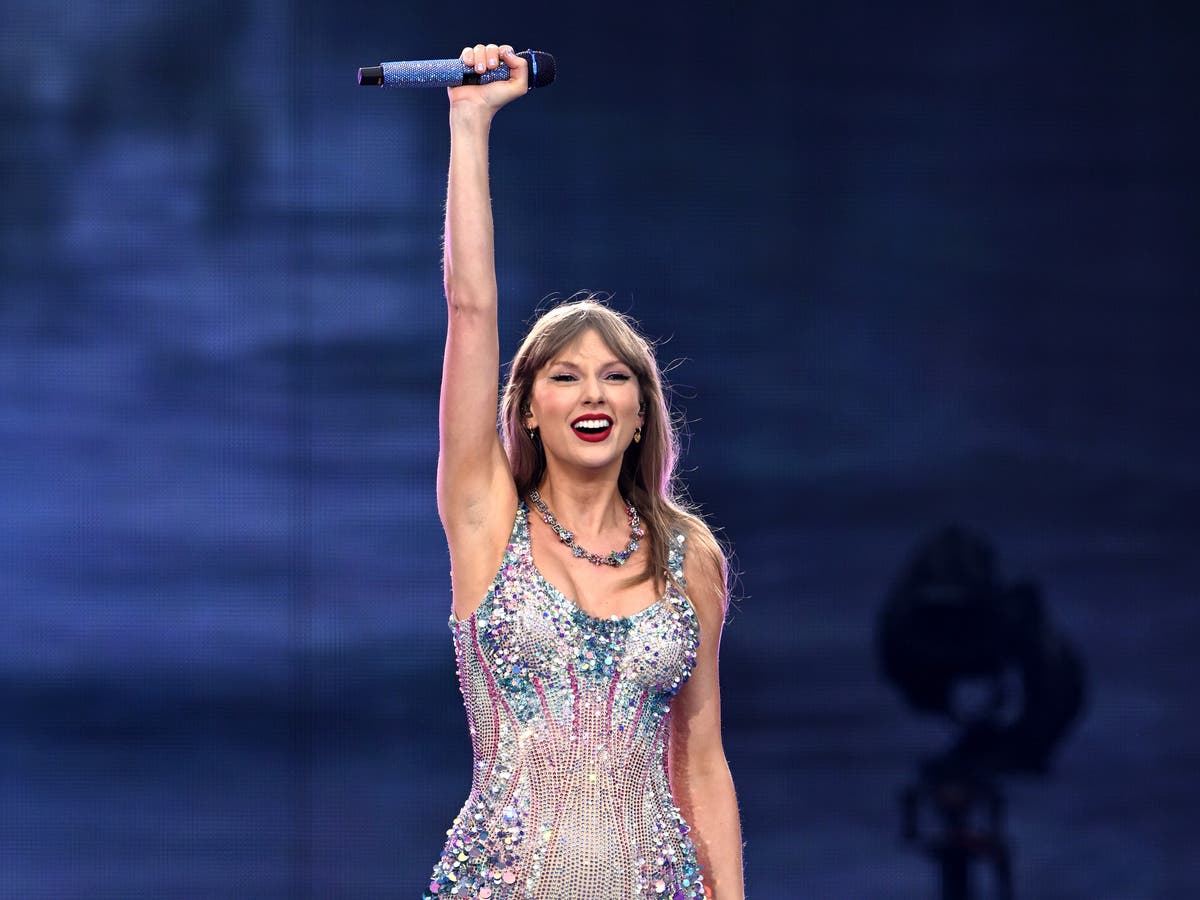Last update:
As digital innovations such as biometric electronic sports and border systems promoted by AI strengthen, the future of Indian trips is ready to be more fluid, safe than ever.
As the economic, diplomatic and technological influence of India expands on the global stage, the Indian passport is experiencing a quiet transformation, one that promises to redefine travel possibilities for more than one billion people.
The Indian passport, traditionally seen as a national identity symbol, has often been a reminder of the limitations imposed on its holders in terms of global mobility. Travelers have long faced the cumbersome process of visa applications, long lines and a limited selection of countries that offer access without visa. However, in recent years, as the economic, diplomatic and technological influence of India expands on the global stage, the Indian passport is experiencing a quiet transformation, one that promises to redefine the travel possibilities for more than one billion people.
While the strength of a passport is often measured by the number of destinations without visas granted, it is, in many ways, a reflection of the global position of a nation, its influence on international politics and the confidence it orders from other nations. India, recognized as the fifth largest economy in the world, is constantly reforming how it is perceived worldwide, and this change is beginning to extend to the passport in power of its citizens.
Currently, Indian passport holders have access to more than 60 countries that offer entry without visa, visa upon arrival or electronic entrance. These include popular travel destinations throughout Southeast Asia, the Caribbean and parts of Africa. As India continues to strengthen its international relations, expand commercial networks and emphasize global innovation, the country is celebrating new travel agreements and diplomatic dialogues to facilitate trips for its citizens.
One of the most exciting developments in this transformation is the hug of India of digital identity systems, such as Digilocker, Aadhaar and Digiyatra. These systems are configured to allow a perfect biometric verification and facilitate the adoption of electronic visas, which allows Indian travelers to easily navigate easily. Countries such as Singapore, the EAU and parts of Europe are already exploring these technology solutions, which could soon become the standard for Indian passport holders.
Ashish Sidhra, co -founder, equally, reflects on this growing mobility, stating: “The Indian passport is gaining slow but safe altitude, classified in the 84th position with access without visas to 58 countries. What was once a symbol of bureaucracy now evolving a soft power badge, thanks to strategic diplomacy and the economic haft. A change in how the world sees Indian travelers. “
It continues: “Like, we are seeing real-time peaks on trips to regions relaxed by visas, showing how closely mobility follows politics. With the outgoing tourists of India spending more than $ 12 billion pre-pondemic annually, more countries in African countries in Africa and Latin America, are londo to the Red Cart Insurance
In addition to digital identity systems, bilateral relations between India and other countries play a crucial role in improving travel access. The ties of India with nations such as Australia, Japan, France and the United Kingdom have been strengthened, not only in terms of trade but also to foster people to people. These relationships are often translated into more relaxed visa requirements, particularly for professionals, students and businessmen, further facilitating trips for Indian citizens.
“The 85 position of the Indian passport in the Henley 2025 passport index, below 80 in 2024, reflects the natural flow and flow of global mobility,” explains Mohak Nahta, founder and CEO of Atlys. “Given the status of India as the fifth largest economy in the world, with GDP growth consistently above 6%, and its tourism sector in recovery, there is a clear incentive on both sides for new visa arrangements. Countries around the world are slowly recognizing the easiest access value for travelers that drive tourism income, cross -border business trips and cultural exchange.”
Nahta also highlights the power of the vast diaspora of India, which recovers more than 18 million people worldwide. This global community acts as a bridge, promoting stronger economic ties and mutual understanding. As more countries recognize the economic and cultural value of outgoing travelers in India, reciprocal travel policies are becoming more common, racing the way for the softest travel experiences for Indian passport holders.
“The diaspora of India serves as a living bridge, which shows how reciprocal travel policies can strengthen economic ties and mutual understanding,” adds Nahta. “By combining this diplomatic impulse with simplified visa processes, we can simplify the applications while we maintain high standards of safety and trust. In ATLYS, our mission is to allow everyone to travel freely, regardless of the strength of the passport. Through the dialogue of pragmatic policies and the improvements of current technology, India can gradually expand its global reach and impote trust”.
As India continues to grow in economic and diplomatic stature, the future of the Indian passport seems increasingly brilliant. With international strategic relationships, technological advances and a growing recognition of the global importance of India, Indian passport holders will enjoy greater mobility than ever. The passport that once symbolized the challenges of international travel is now on the cusp of becoming one of the most powerful documents in the world, opening new doors so that the citizens of India get involved with the world in their terms.
By 2030, it is predicted that Indian passport holders can have access to 80-85 destinations, marking not only a stronger passport, but a stronger voice for India in the global travel narrative. As digital innovations such as biometric electronic ports and border systems promoted by AI take over travel, the future of Indian trips is ready to be more fluid, safe and high reach than ever.












